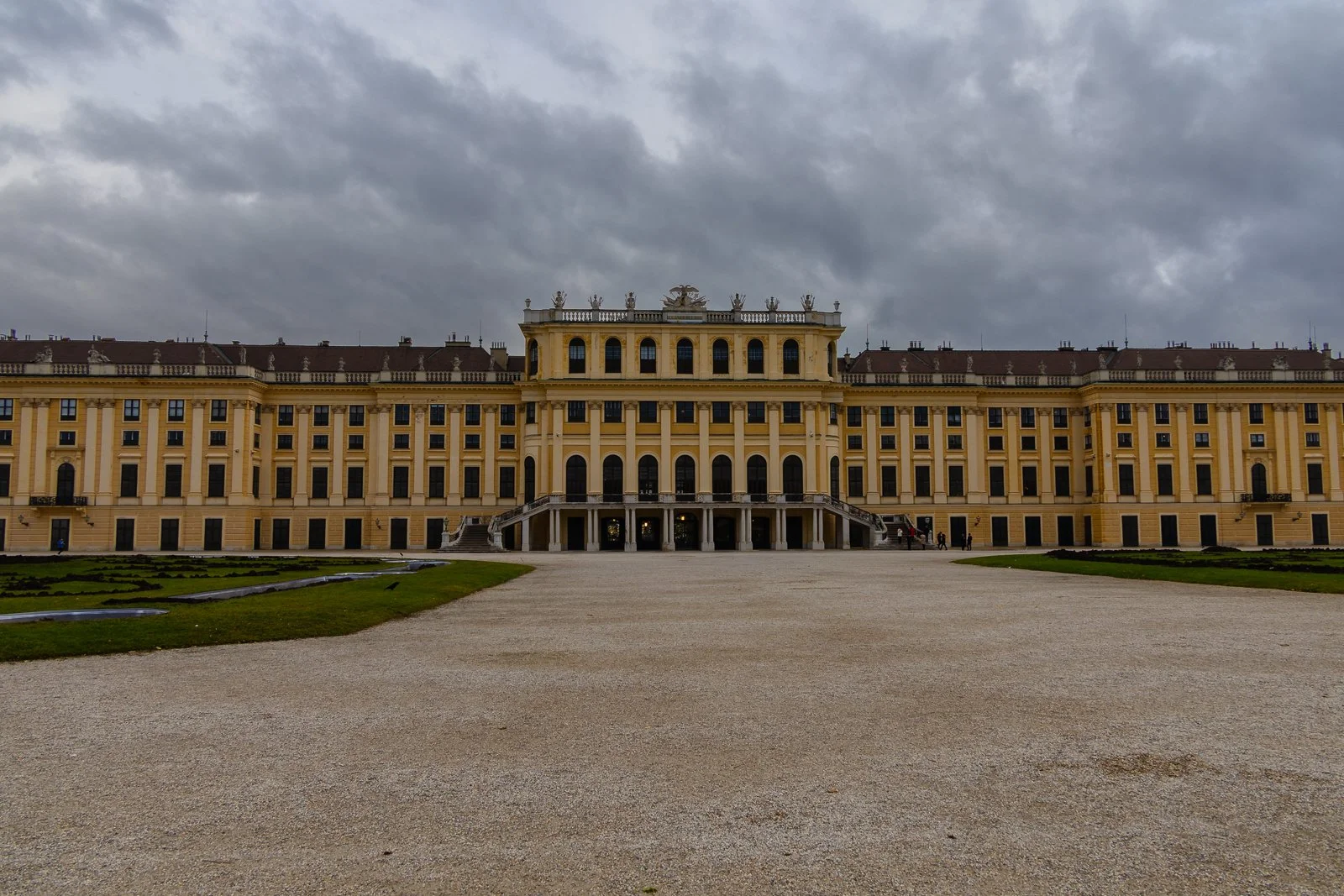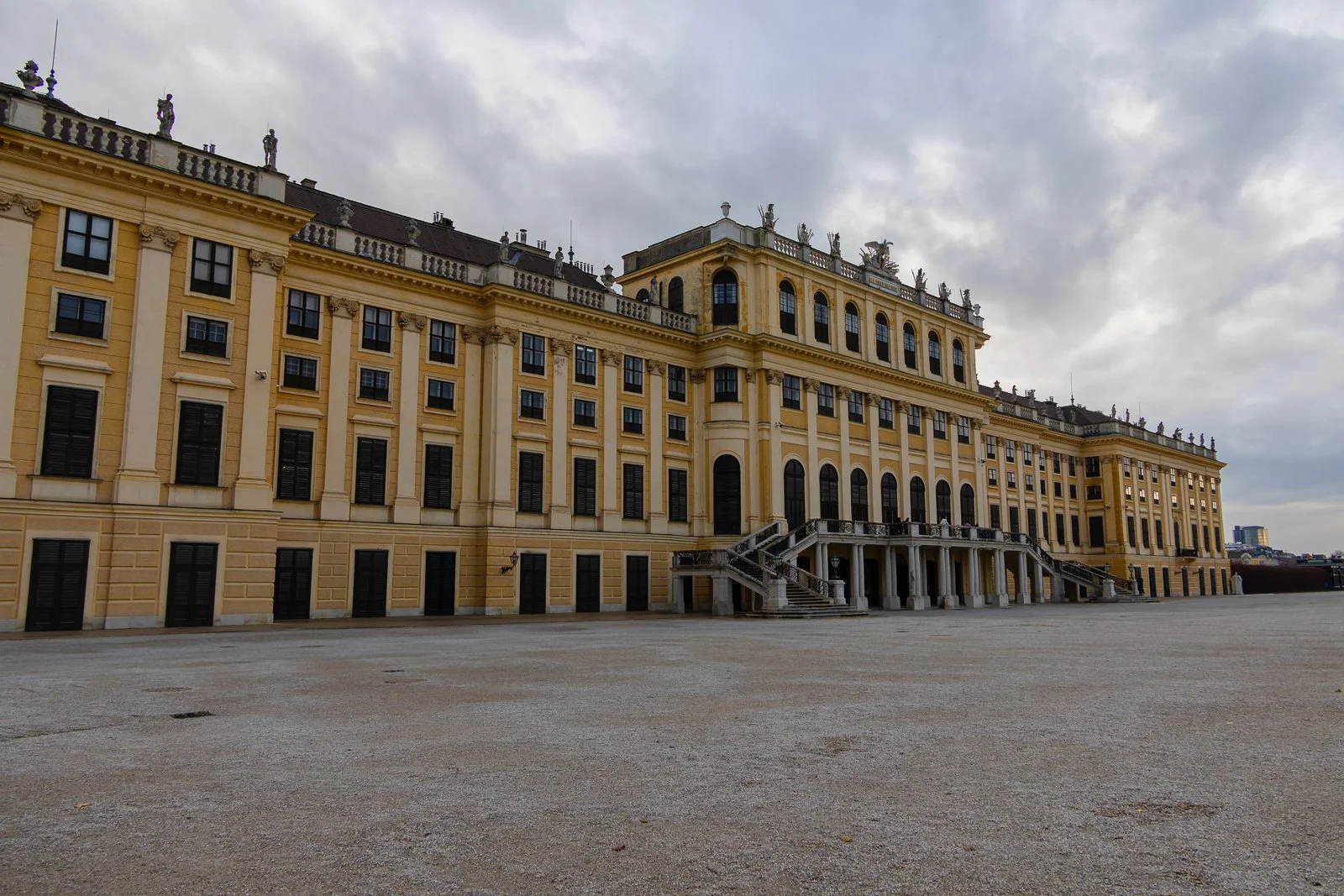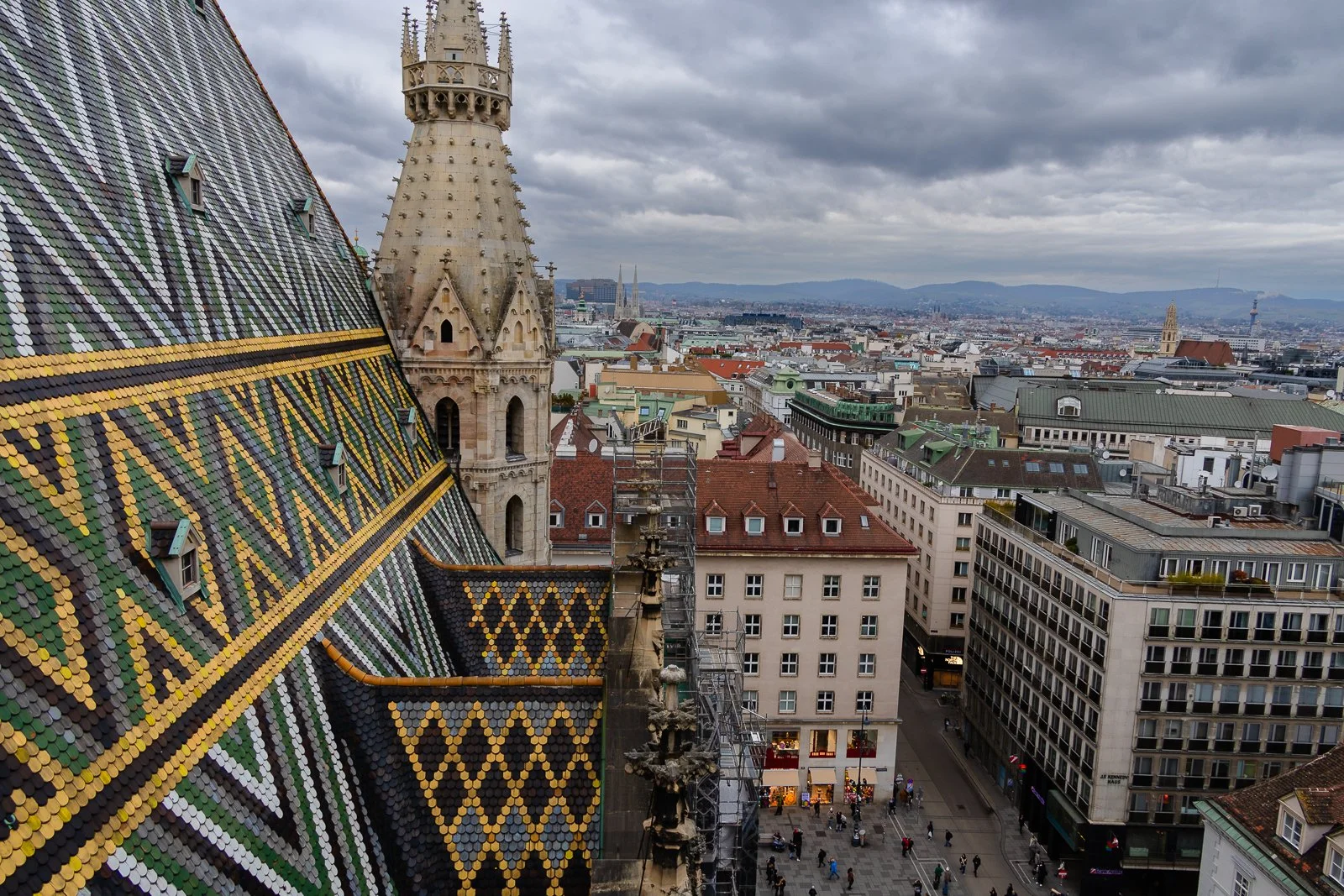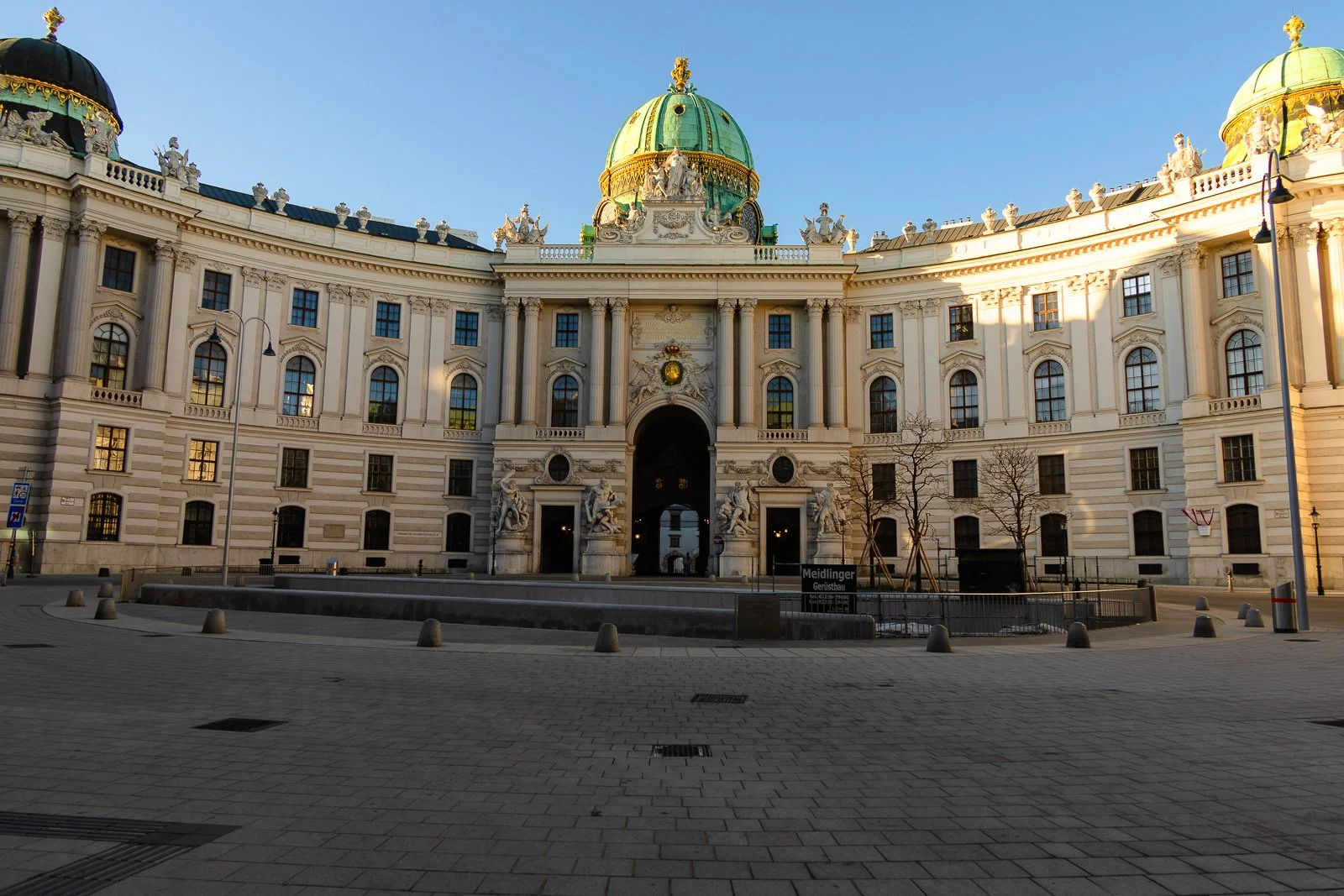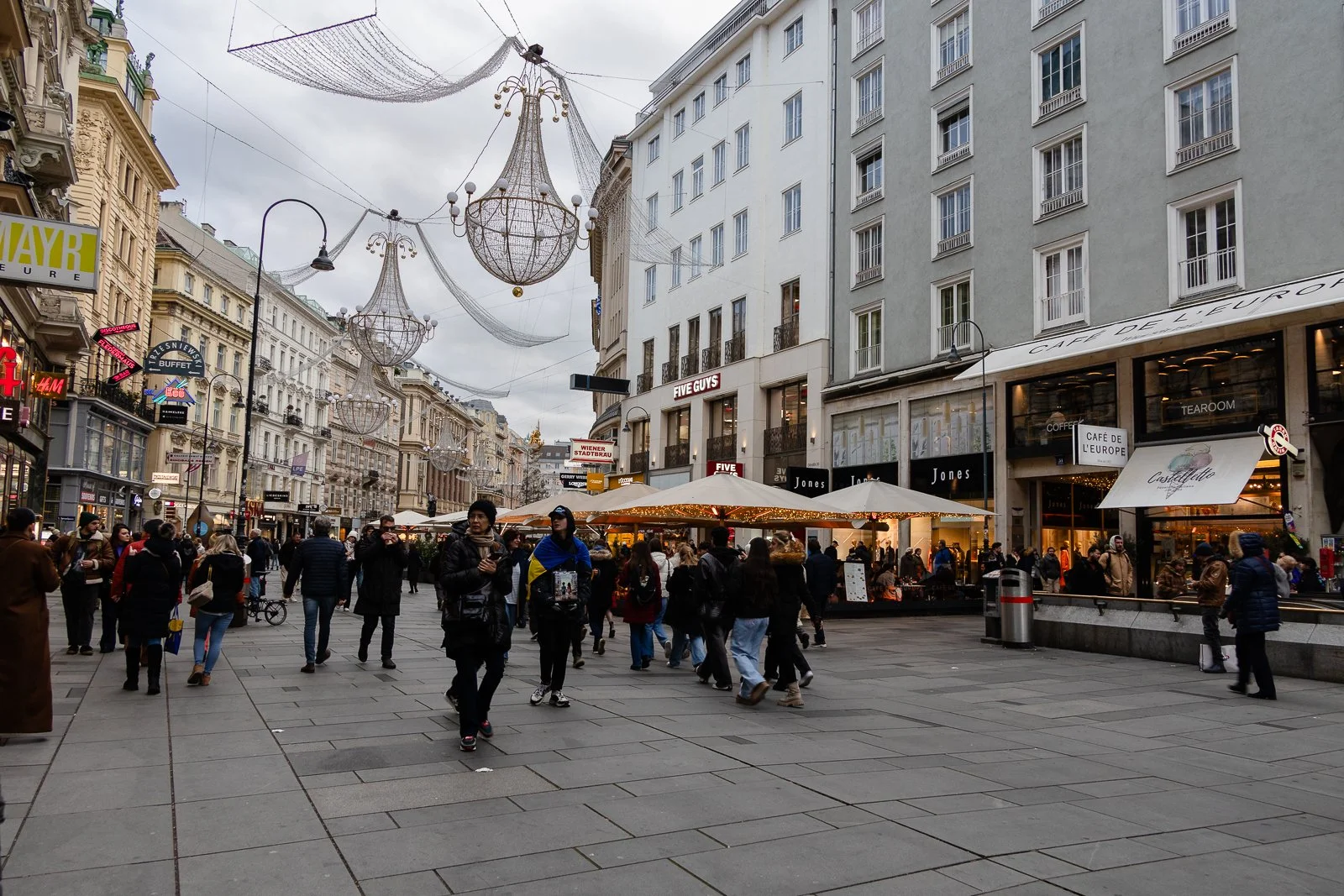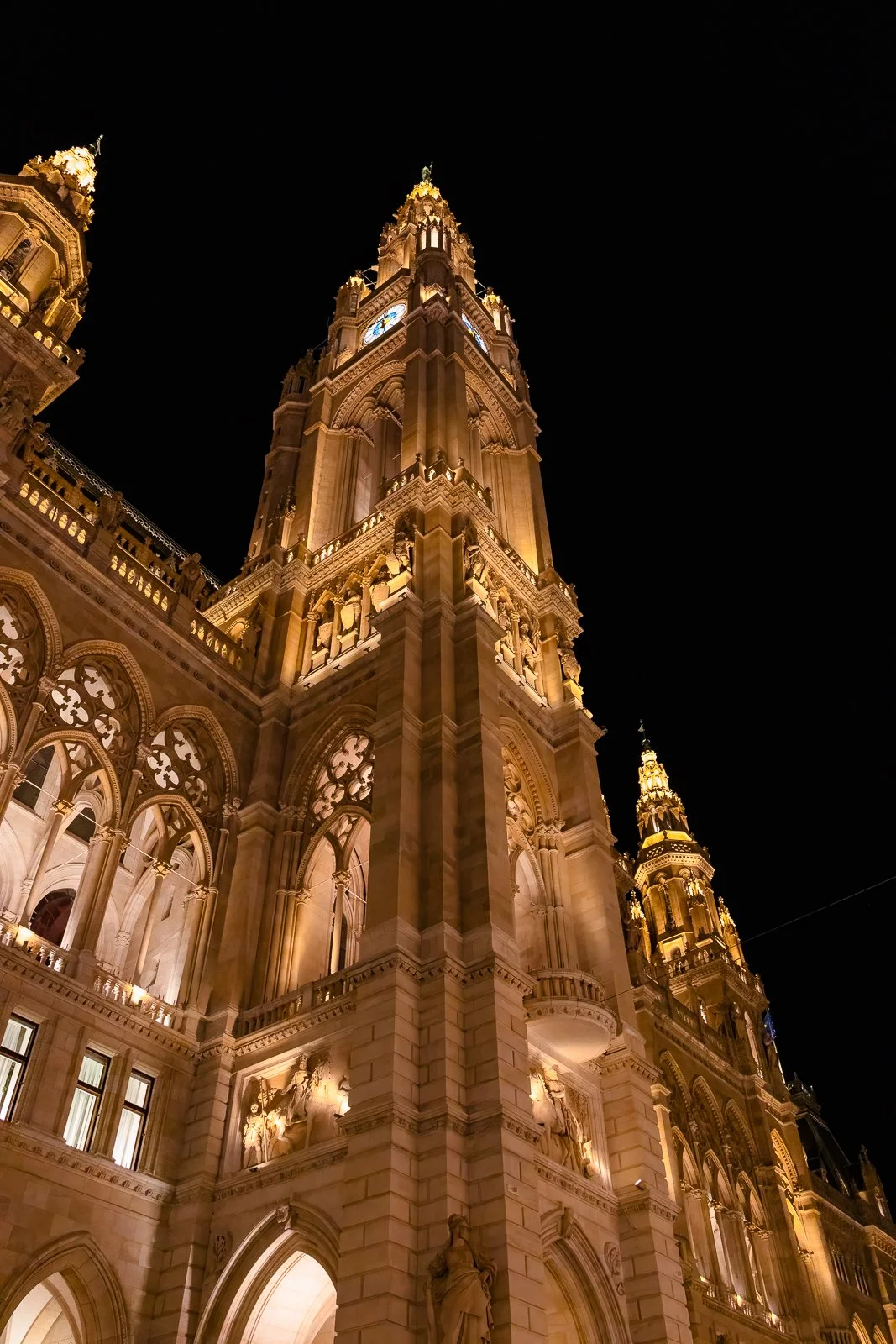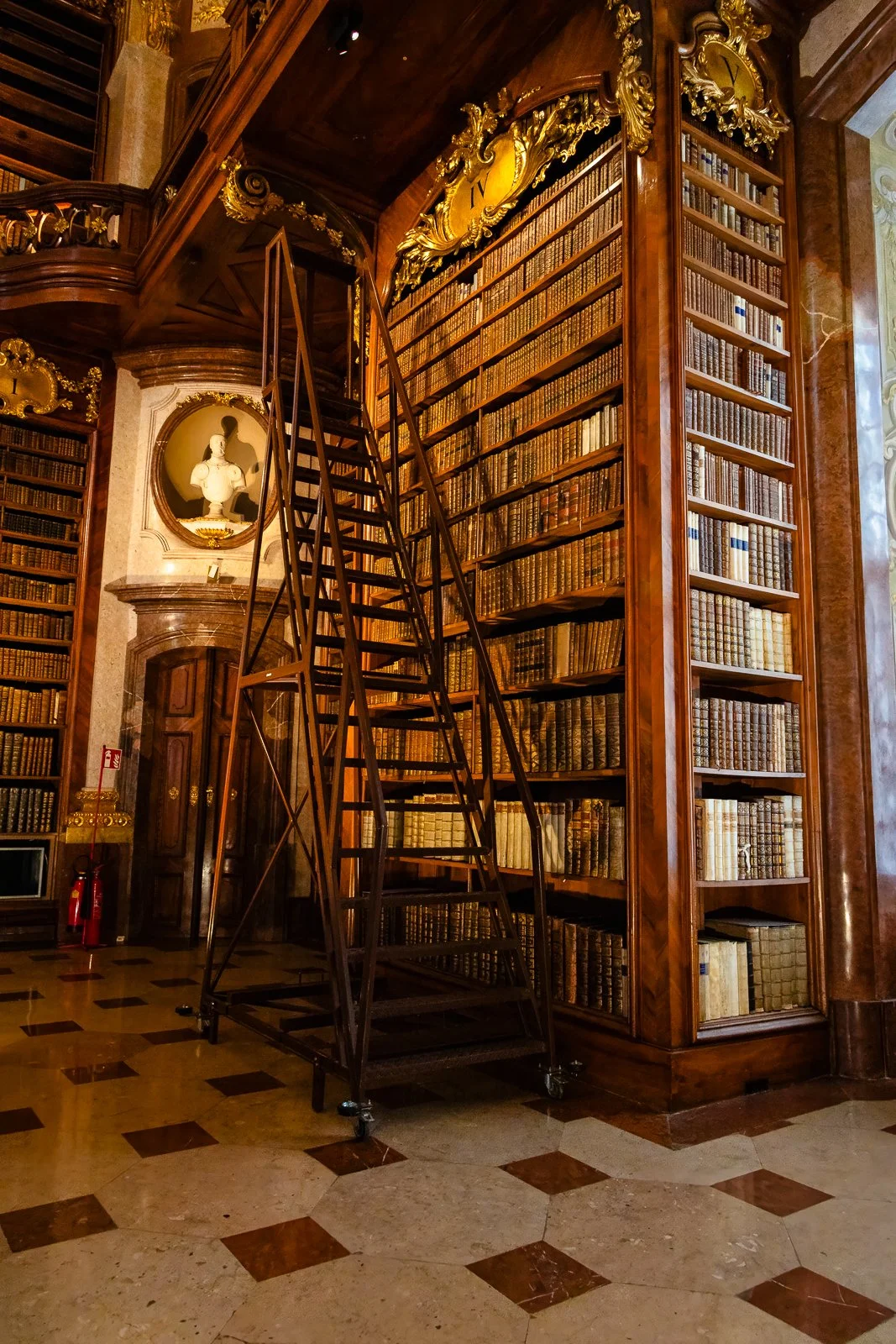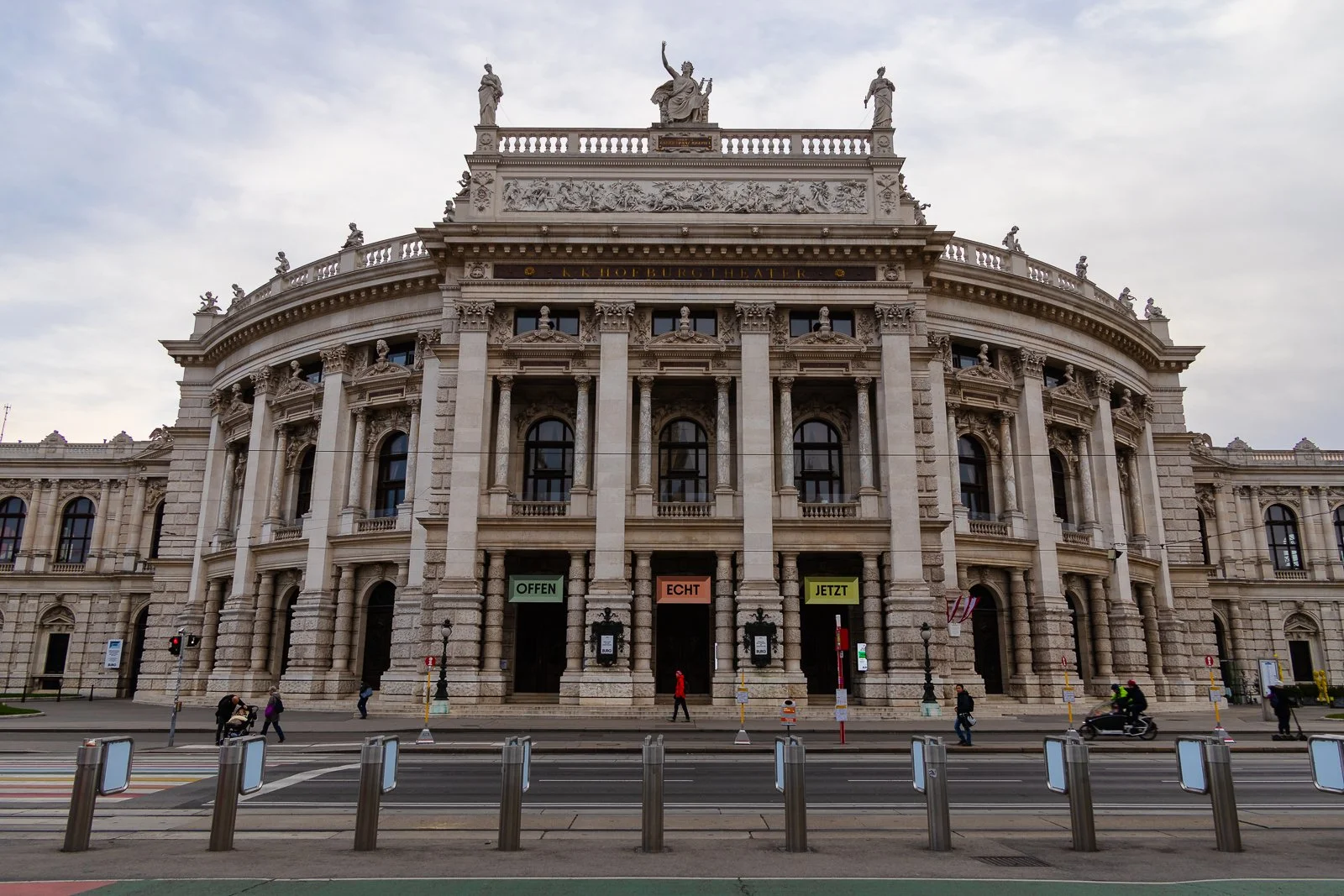Top things to do in Vienna, Austria
Vienna is the capital city of Austria and is infamous for its imperial history. This was where the Habsburg dynasty ruled the Austro-Hungarian Empire. Today, its historic center is a UNESCO World Heritage Site. Vienna offers an unforgettable experience with its walkable city center and historical sights.
Getting Around
Vienna is a very easy city to get around with lots of different options. Vienna has a great public transport system with buses, trams, and metro. Typically tourists use tram lines 1 and 2 more frequently as these travel along the Ringstrasse. This is easily the cheapest option, and depending on traffic may be one of the faster options. The Vienna city card gives you access to public transport for 24, 48, or 72h and could be worth it if you think you are going to use public transport a lot. It also gives you discounts at various places as well.
Like most big cities, Vienna has the hop on hop off bus tour options available as well. It operates year round and goes about every 20-30 min that has 2 different routes to take you to most of the main tourist attractions outside the Ringstrasse. There is also an option of an evening tour as well. It will be more expensive than public transport, but you get audio commentary along the way.
Lastly, Uber and Taxis are also available here. Within the Ringstrasse, there is not much public transportation options so if you are limited with walking, this is a great option. We used Uber a few times in the city and had no issues getting around.
How much time to spend in Vienna?
I recommend spending at least 3 days in Vienna. Add on another day if you want to do a day trip to Bratislava.
Top Places to see in Vienna
Hofburg Palace
This is a huge complex that is spread over 59 acres and comprises 18 groups of buildings and around 2600 rooms. Built during the 13th century, this was used as the winter home for the Habsburg Dynasty until 1918. Today it houses different museums, but is also the official residence of the President of Austria. You can explore the outside and gardens for free, but if you want to enter the attractions it is additional money. The Burggarten are the gardens adjacent to the Hofburg Palace and are free to explore. It can be a nice place to relax to escape the busy city as well.
The Sisi Museum is part of the complex. This Museum displays the Austrian’ empress’s belongings. Sisi or Elizabeth was the Empress of Austria and the wife of Emperor Franz Joseph and is known for eternal youthfulness and beauty. Empress Maria Theresa ruled the Habsburg Empire during the late 1700s and is known for having 16 children and marrying them off into royal families around Europe to expand the empire’s reach. She was regarded as the most beautiful queen in Europe. On display include her clothes and jewelry. As this is one of the top things to do in Vienna, I recommend purchasing tickets ahead of time if you are going during the busy season.
The Imperial treasury museum displays the jewels of the Habsburgs from over the centuries as well.
Open 9am-5:30pm. Last admission 1h before closing time. Visitors are not allowed to bring in bags.
Cost of tickets depend on which museums you want to go to. If you plan to go to the Schönbrunn Palace, they have a joint ticket that allows entry to the Sisi museum plus Schönbrunn for €51. Buy tickets here.
Schönbrunn Palace
The Schönbrunn Palace is a must do in Vienna. It was built in the 18th century, this was the summer residence for the Habsburg family. It was re-designed after Empress Maria Theresa received the estate as a wedding gift. During the French Occupation, this is where Napoleon lived. The palace is extensive and has 1,441 rooms, only a small amount of the rooms can be toured today. You can take a tour with a free audio guide of the rooms and apartments of the imperial families or do a guided tour. The imperial tour covers 22 rooms while the grand tour covers 40 rooms. You can explore the garden and its 32 different sculptures of deities for free. Plan to spend a few hours here exploring the palace and the gardens.
Open daily from 9am-5pm, gardens opens 6:30am-7pm
St Stephen’s Cathedral
St. Stephen’s Cathedral was built in the 12th century and is known for its beautiful colored tile roof and impressive religious relics. Built in honor of St. Stephen, the first martyr of Christendom. You can take the elevator up to the North Tower to get an overlook over the city as well as the roof of the cathedral. it is cash only unless you purchase tickets ahead of time. The North tower houses the Boomer Bell, the largest bell in Austria. You can also go up the south tower which is the highest point in Vienna, there is no elevator on this side though and takes 343 steps to the observation deck. You can also take a tour down into the crypt. It contains the mausoleum of the bishops and some members of the Habsburg family.
Hours: The Church is open Mon-Sat 9am-11:30am and 1pm-4:30pm; Sun 1pm-4:30pm. The North tower is open from 9am-8:30pm and costs €7.
Michaelerplatz and St. Michael’s Church (Michaelerkirche)
Michaelerplatz and St. Michael’s Church are located at the entrance to the Hofburg Palace Complex. This is one of the busier squares in the city, but offers some great photos opportunities. Best to go first thing in the morning to avoid the crowds. St. Michael’s Church is right in the square and has an imperial crypt underneath where several members of the Habsburg dynasty are buried including Emperor Franz Joseph and Empress Elizabeth (Sisi). You can also climb up the church’s tower for views over Vienna and the Hofburg Palace.
The church is open Mon-Sat 7am-8pm and Sun 8am-8pm.
Cafe Demel is close to here and is a must do while in Vienna. The lines can be long, but typically move fast. They have great hot chocolate and their famous pancakes.
Graben street
One of the main pedestrian streets in Vienna that is filled with cafes and shopping. This used to be a busy street with three lands of traffic until the 1970s when the street was turned into one of Europe’s first pedestrian-only zones. During the holiday season, it is decorated with holiday lights as well. On the street there are several statues referring to the Great Plague of Vienna that occurred in the 17th century.
in 1679, Vienna was hit with a massive Bubonic plague that killed about a third of the city. Emperor Leopold I dropped to his knees to beg God to save the city, when the city was saved, he ordered the building of the Holy Trinity Column or Column of Pest in the middle of Graben street and St. Peter’s Church. St. Peter’s church does daily free organ concerts at 3pm.
Belvedere Palace
Belvedere Palace was built in 1717 and was originally home to Prince Eugene of Savoy. The Upper Belvedere is the ceremonial palace that today is home to an art collection and has a lake in front that reflects the Palace. The Lower Belvedere is home to the Palace Stables, garden, and temporary art exhibits. The gardens are the highlight of this Palace and unless you are into art the museums themselves can be missed. The best views are from the tip of the lake.
Maria-Theresien Platz
This square was built to honor Habsburg Empress - Maria Theresa. Maria Theresa ruled Austria from 1740-1780. There is a monument of Maria Theresa that took 13 years to construct and is surrounded by 4 Horseman statues. The square is surrounded by the Natural History Museum and the Art History Museum (Kunsthistoriches Museum). While neither of them are a must see, if you have time or a special interest in history these are worth a visit.
Rathausplatz
City hall or Rathaus has 1575 rooms and over 30 million bricks were used in the construction process. known for its 5 towers, arches, stain glass windows, and big clock on the central tower. There are free guided tours of the inside on certain days of the week. The square in front of the Rathaus hosts different festivals including a Christmas market during the holiday season.
Austrian National Library (Österreichische Nationalbibliothek)
The National Library is the the largest library in the country and has over 12 million items. It is known for its beautiful architecture, frescoes on the ceiling, and marble statues. It is part of the Austrian State Hall which also houses 5 museums. Entrance to all is 10E, with an additional fee for some of the museums. This museum is popular as a photo spot. In my opinion it’s fun for a quick visit, but was not worth the price in comparison to some of the other museums.
Open 10am-6pm Tues-Sun, Closed Mondays
St Peter’s Church (Peterskirche)
This beautiful church was built in the early 18th century and is in the middle of a busy street. The interior has amazing frescoes with elaborate stucco work and an impressive high altar. The best photo spot is from Habsburgergasse.
Vienna State Opera
Although you can only see the interior with a 40 minute guided tour or going to a performance, it is still worth going to see the outside if you are not doing a tour. The building was opened in 1869 and the first performance was Mozart’s “Don Giovanni”. The Opera House still puts on performances and is one of the busiest in the world. The Opera House hosts about 70 different productions annually. If you want a good seat, purchase tickets ahead of time. However, if you are doing things last minute you can typically find some tickets being sold on the street.
Anker Clock - Ankeruhr
The Anker Clock is an old decorated clock in the old town that was built in 1914. During the day, 12 historical figures move across the bridge of the clock. At noon, it does a special presentation of all the historical figures with music. Only a 5 minute walk from St. Stephen’s Cathedral.
Other Places to Explore
Vienna is very close to many other top places in Europe to see and can be used for day trips or as a stop along the way. Bratislava in Slovakia is only an hour away. Budapest is 2.5h away.
